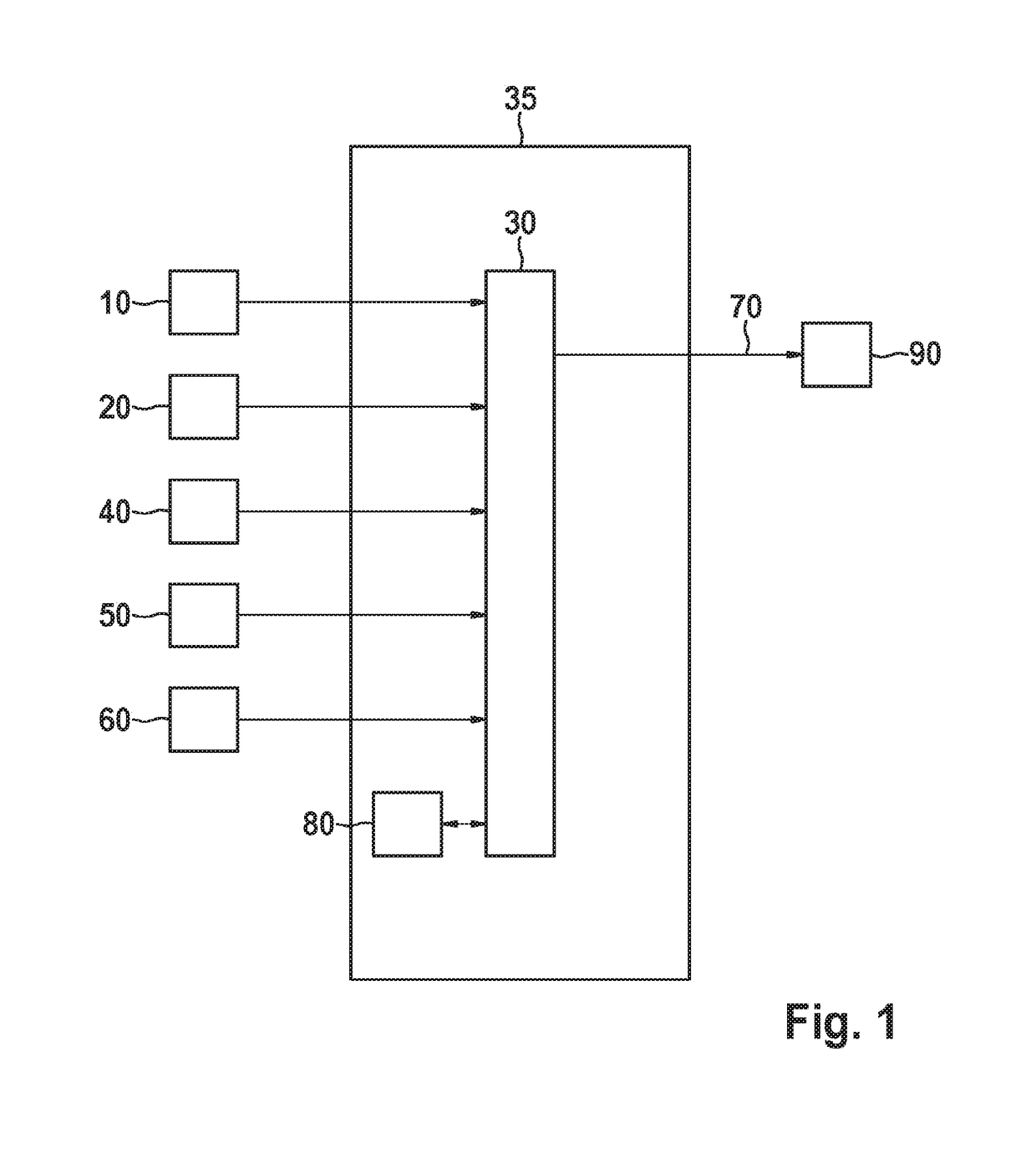Adaptive motor torque adjustment for electric two-wheeled vehicles
a technology for electric two-wheeled vehicles and motor torque, which is applied in the direction of driver interaction, cycle, transportation and packaging, etc., can solve the problems of reducing the comfort of the driver, steep reduction ramp, and limited motor-assisted maximum speed of electric two-wheeled vehicles
- Summary
- Abstract
- Description
- Claims
- Application Information
AI Technical Summary
Benefits of technology
Problems solved by technology
Method used
Image
Examples
Embodiment Construction
[0025]Electric two-wheeled vehicles, for example a pedelec, eBike, or eScooter, are characterized in that the driver torque generated by the driver may be assisted by an additional, so-called motor torque. Thus, for the drive of the electric two-wheeled vehicle, a higher overall torque results than with a conventional bicycle at the same driver torque.
[0026]To allow comfortable driving for the driver with motor assistance up to high speeds, it is important that the support by the motor takes place uniformly; i.e., the motor assistance should not change greatly within a short time, for example during an acceleration or deceleration operation.
[0027]In addition, the maximum speed which is allowable with motor assistance is limited due to regulatory requirements. In Germany, this allowable maximum speed is 25 km / h for pedelecs, for example. The motor assistance must be cut off no later than when the allowable maximum speed is reached. To still allow comfortable driving for the driver wi...
PUM
 Login to View More
Login to View More Abstract
Description
Claims
Application Information
 Login to View More
Login to View More - R&D
- Intellectual Property
- Life Sciences
- Materials
- Tech Scout
- Unparalleled Data Quality
- Higher Quality Content
- 60% Fewer Hallucinations
Browse by: Latest US Patents, China's latest patents, Technical Efficacy Thesaurus, Application Domain, Technology Topic, Popular Technical Reports.
© 2025 PatSnap. All rights reserved.Legal|Privacy policy|Modern Slavery Act Transparency Statement|Sitemap|About US| Contact US: help@patsnap.com



